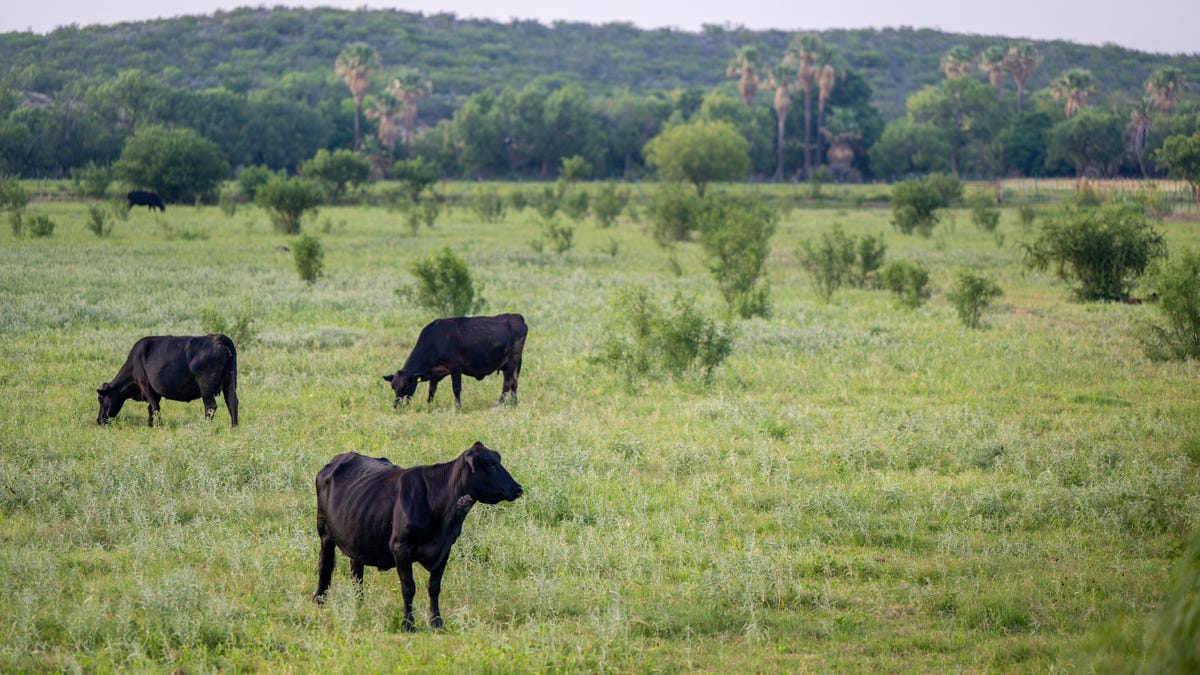This article, originally from Grist, sheds light on the toxic effects of fescue on cattle in America’s “fescue belt.” The exotic grass, tall fescue, covers pastureland from Missouri to the Carolinas and is ingested by over 15 million cows, resulting in a condition known as fescue toxicosis. This disorder costs the livestock industry up to $2 billion annually.
Developed in the 1930s as a resilient alternative to native grasses, fescue was soon found to have detrimental effects on cattle, causing weight loss, reduced milk production, and reproductive issues. The grass contains a fungal endophyte that makes it toxic, but also resilient to drought and overgrazing.
Efforts to combat fescue toxicosis include introducing “friendly fescue,” a modified version of tall fescue with a benign endophyte. However, adoption of this new grass has been slow due to its higher cost and the labor-intensive process of replacing toxic fescue pastures.
As the fescue belt expands due to climate change, the debate over how to address the toxic grass continues. Farmers must decide whether to stick with traditional practices or make the switch to more sustainable alternatives. Despite the challenges, there is hope that awareness and adoption of friendly fescue will increase, ultimately benefiting both the cattle industry and the environment.

